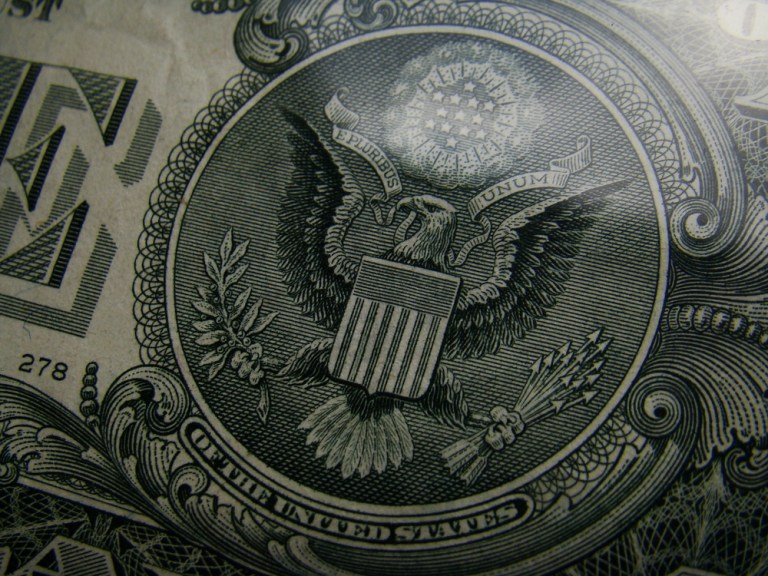
With the financial services space shifting from a competitive nature to a collaborative spirit between traditional banks and emerging FinTechs, one major stakeholder in the payments industry has quietly been an integral part of this co-op: the Federal Reserve.
With initiatives like the Faster Payments Task Force and the Secure Payments Task Force, the Fed is pushing for innovation and progress in the nation’s payments infrastructure and market. But it can’t do this alone, instead turning to FIs and FinTechs to work together and forge a path forward.
This month the Federal Reserve named Dave Sapenaro, its current first vice president and chief operating officer at the Federal Reserve Bank of St. Louis, as its new payments strategy director. It’s a position that sees Sapenaro putting into action the words of the Fed’s Strategies for Improving the U.S. Payment System, published in early 2015, which highlights priorities that range from payments security to the adoption of the ISO 20022 messaging standard for cross-border payments.
The U.S. payments industry is overwhelmingly complex, innovative and alive with activity, but in an interview with PYMNTS, Sapenaro identified a few trends he sees as playing pivotal roles in pushing for progress.
Two in particular, he said, are technology and payer habits.
“It’s a combination of both,” Sapenaro said. “Technology provides the opportunity to make big changes in how end-users use the payment system.”
The generational differences in both the payments technologies available and the habits of payers are stark, but even in the last few years both technology and habits have seen their fair share of changes, too, he said.
“End-users need to see the benefits of technology and of these changes,” said Sapenaro. “And their needs are changing over time. How my kids interact with the financial system in their 20s is very different from how I interacted with it in my 20s. They have certain expectations. They’re used to immediacy, and they expect that with the payments system as well.”
It’s not just consumer payments that are driving this evolution, though. Sapenaro said B2B payments, too, are finally experiencing innovation and progress, but it still has a long way to go.
“It’s been a long, slow road to improve the efficiency and the electronification of business-to-business payments,” he said, recalling an initiative in the late-’80s by the Fed to promote digital B2B payments. While progress has been made, paper-based payments have endured over the decades in corporate environments.
“Business-to-business payments are a lot harder to change,” Sapenaro noted. “It’s more difficult to change the inertia, given the implications for systems and business processes.”
Technology has reached a point, however, that can support the digitization of B2B payments, he said, and the Fed is looking to work with companies to guide their transition away from paper and take advantage of some of the innovations the payments industry has developed.
One of the most talked about innovations is the shift toward faster payments capabilities, with the Federal Reserve positioning itself at the epicenter of the industry’s push for speed.
Sapenaro commended the Fed’s Faster Payments Task Force and its ability to outline 10 recommendations to improve the U.S. payments system via faster payments.
“They did the job that we asked them to do,” he said. “I think the 10 recommendations in the paper were appropriate.”
But the industry needs to move forward and has a lot of challenges ahead.
“There is a lot of momentum, but we need to keep that momentum going,” Sapenaro noted. “There are a lot of challenges here.”
Solving for ubiquity in faster payments, ensuring a streamlined and consistent experience for the end-user, and security are just a few of the tallest hurdles he pointed to.
“I think a governance framework is very critical and will need to be accessible by all industry stakeholders,” he said. “These are hard things to do, but I’m very hopeful and optimistic, really.”
Another challenge, he said, is promoting competition while making sure faster payments systems are interoperable with each other. Interestingly, it’s a hurdle that brings to light a broader effort happening not only in the faster payments space, but in the payments industry as a whole: a balance between competition and collaboration. That, said Sapenaro, will be key to not only addressing challenges of faster payments, but of B2B payments, payments security and pretty much everything else.
“I think [collaboration] is hugely important, and, actually, it may be the most important thing to improving the payments system,” he said.
“The country has a long history of not managing things from the top like some other countries do, related to payment system improvements,” Sapenaro says. “So that leaves the private sector to work with government bodies like the Fed that have an interest in a strong payment system to make improvements.”
He calls it “coopetition” – a mix of competition and cooperation, and that’s no easy task considering players must collaborate while remaining in accordance with antitrust law, and compete while still driving innovation.
“It’s a weird hat to put on your head, to be a collaborator and cooperator and competitor at the same time,” he said. But it’s possible, and the Faster Payments and Secure Payments Task Forces have proven that, he added.
“The efforts of those two groups can be used as models moving forward for how payments stakeholders can come together, all of us having different interests and areas of focus, but working together in the spirit of the national interest,” Sapenaro stated. “That’s what we need. This is really important going forward, and we hope to do our part to continue that over the next several years.”